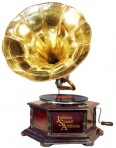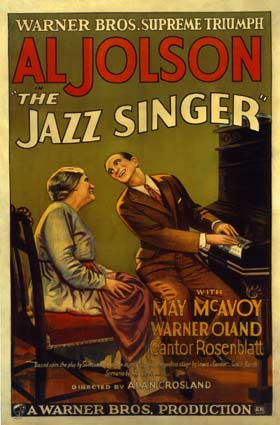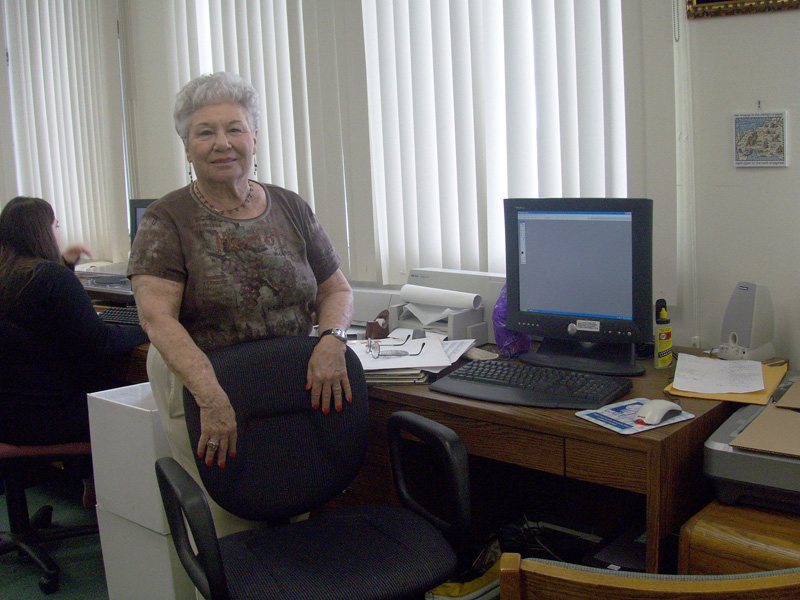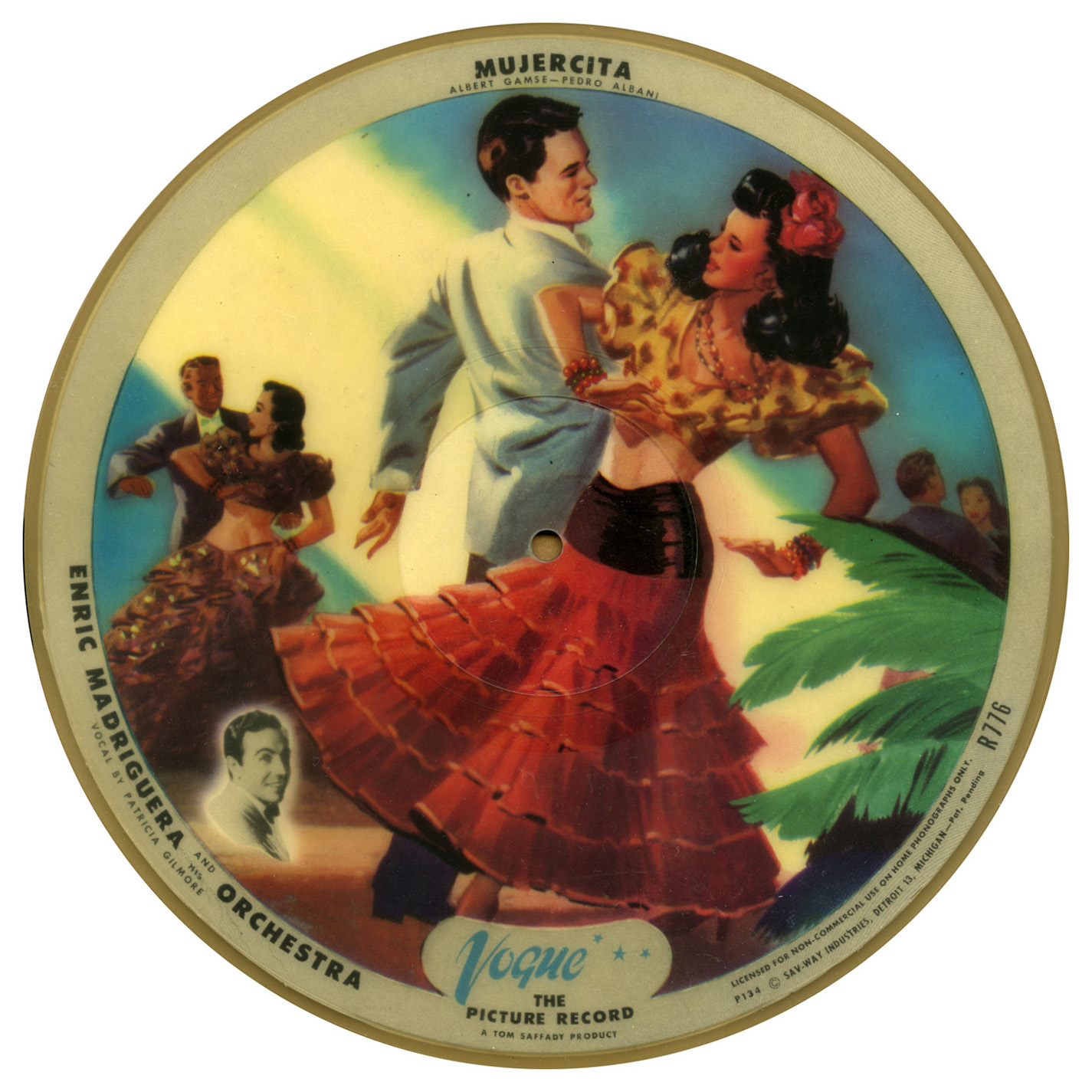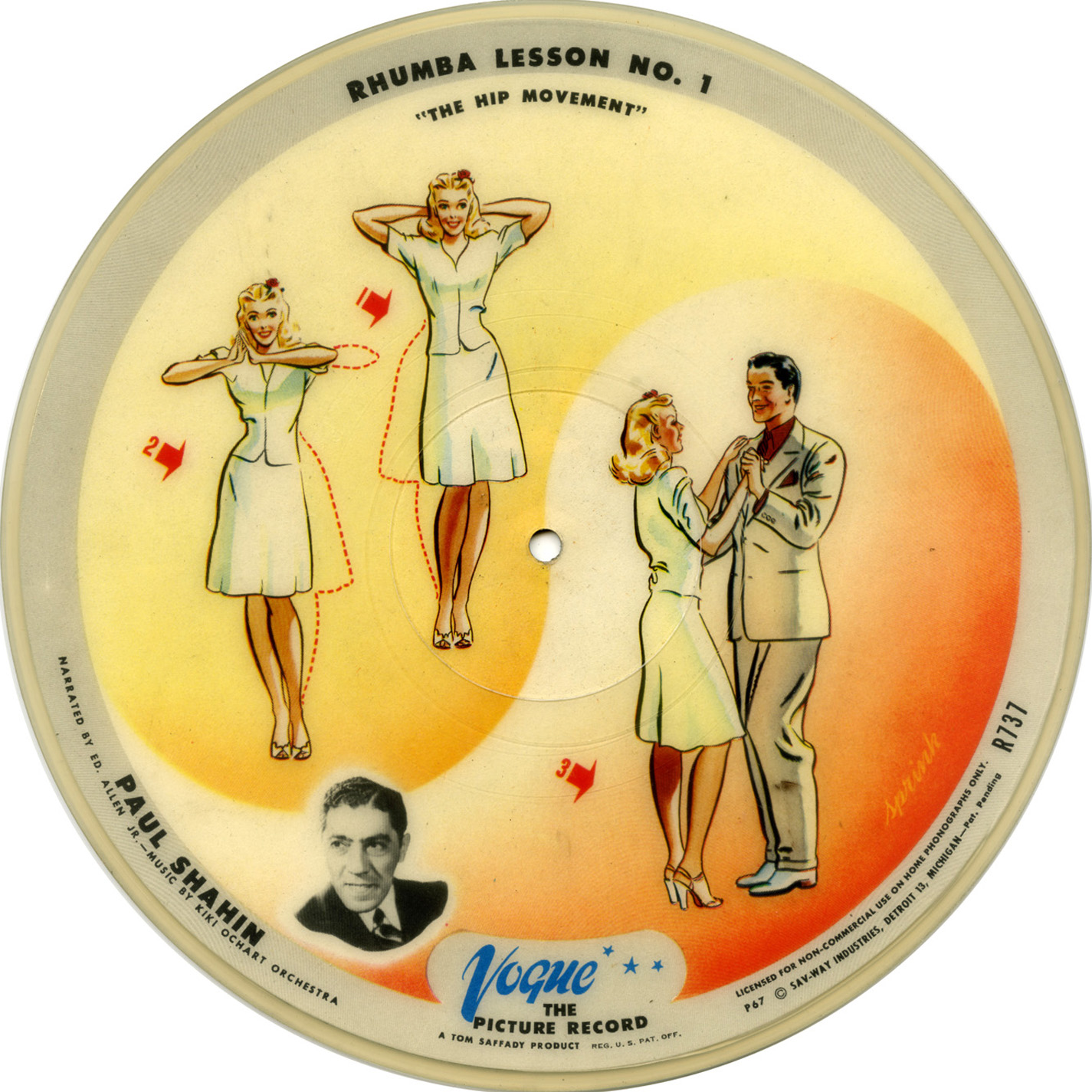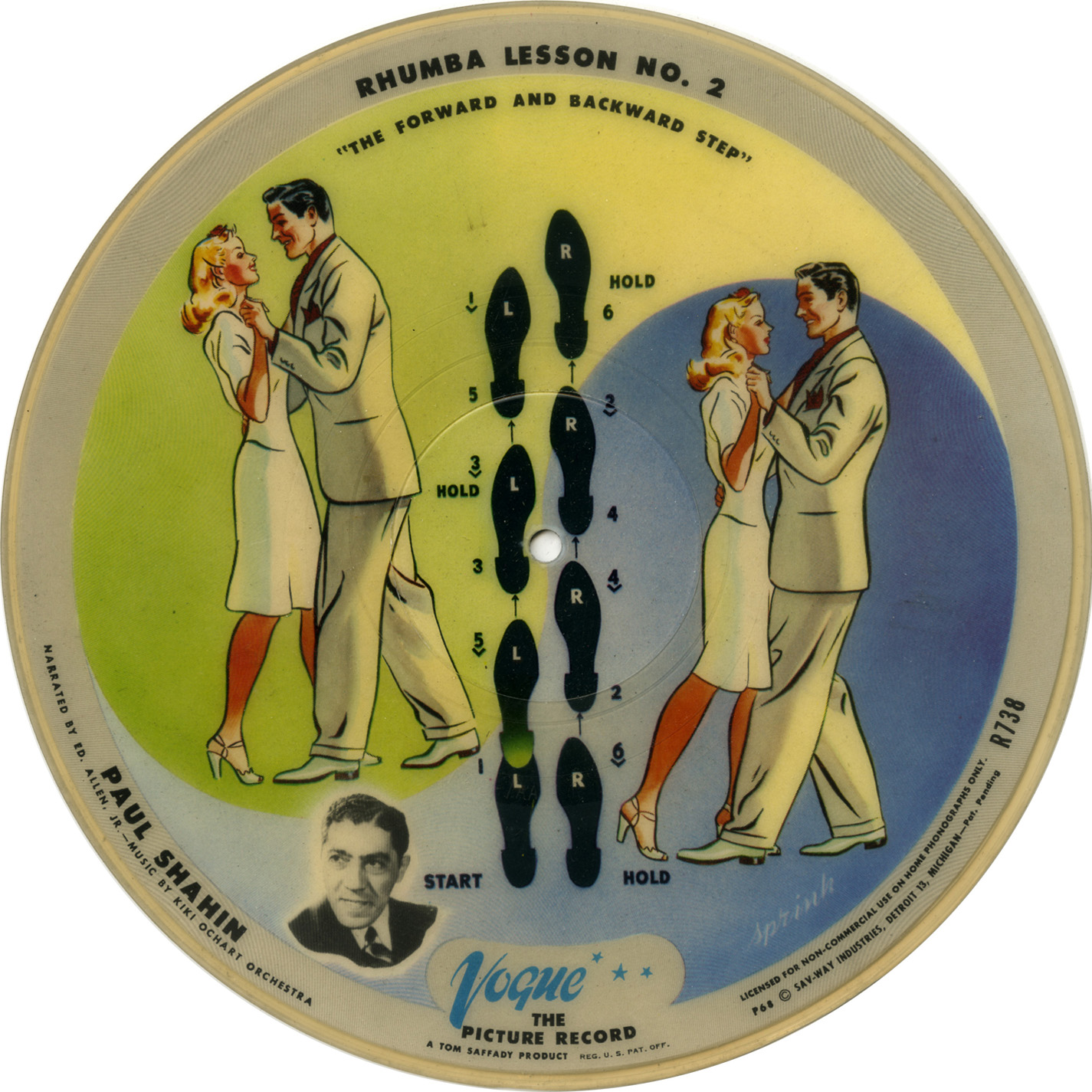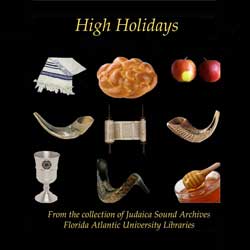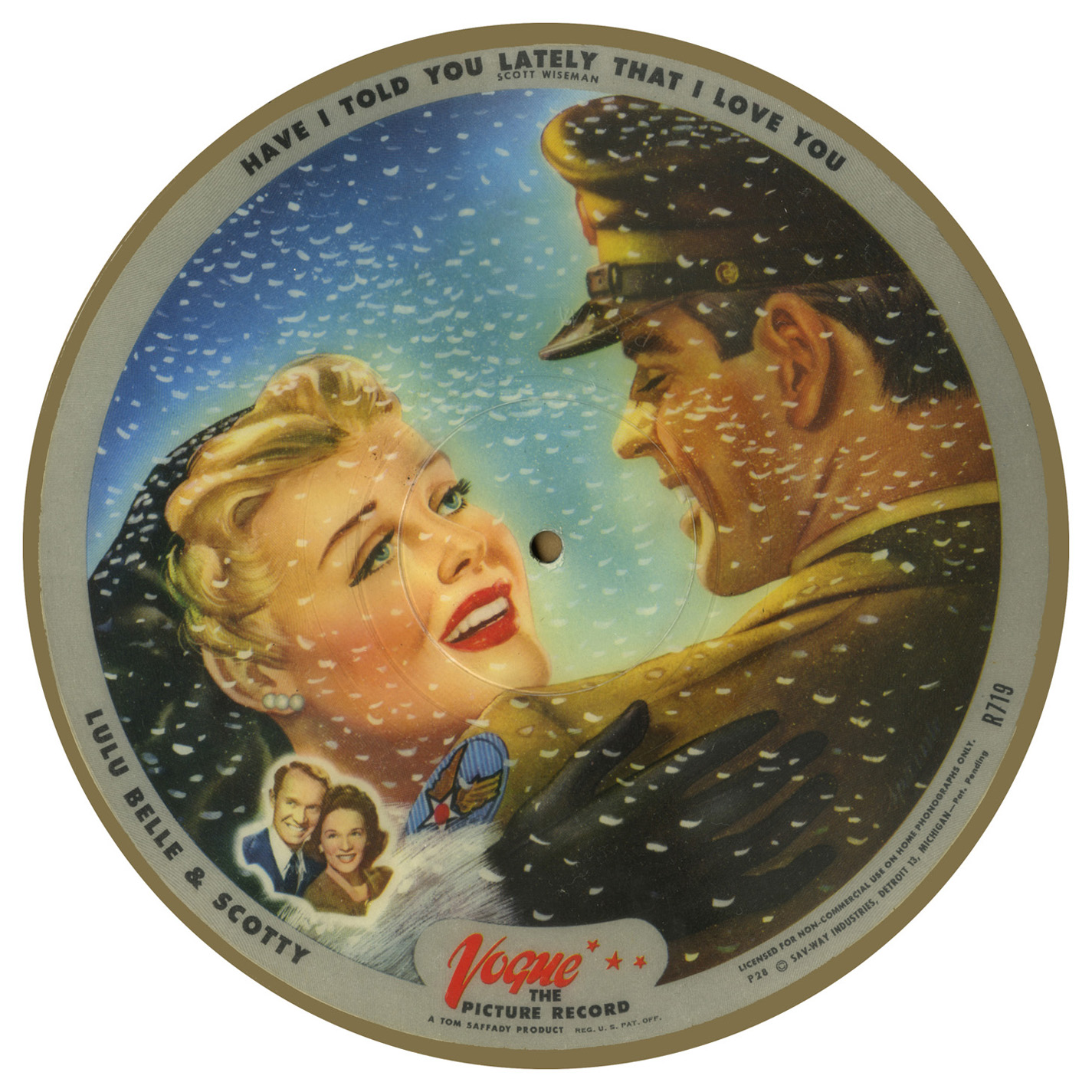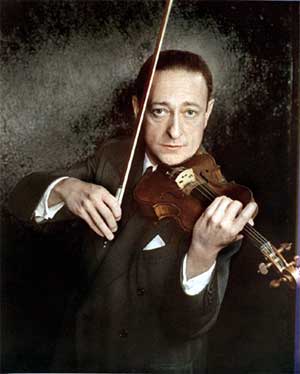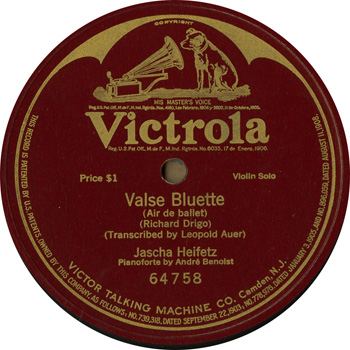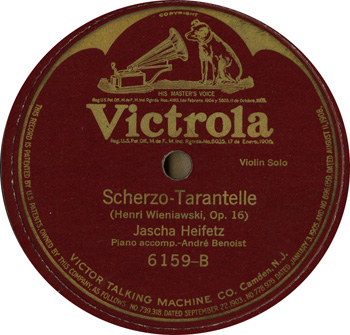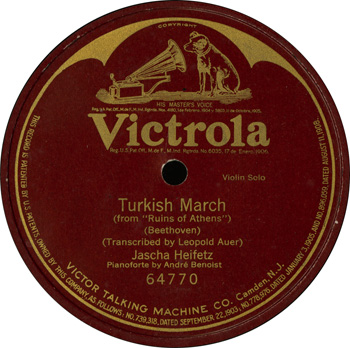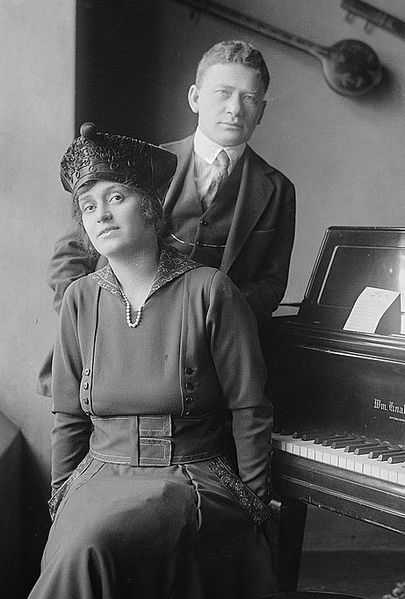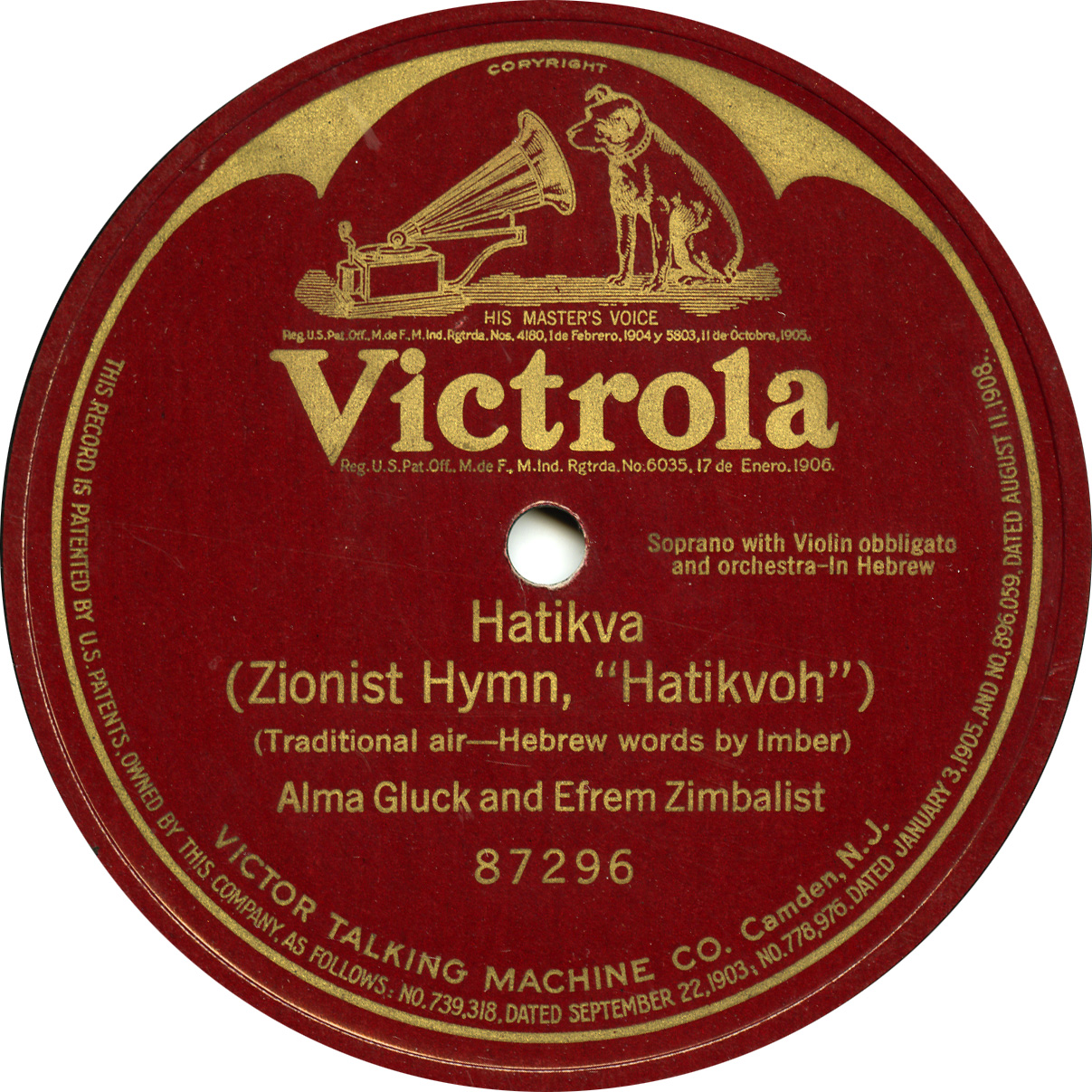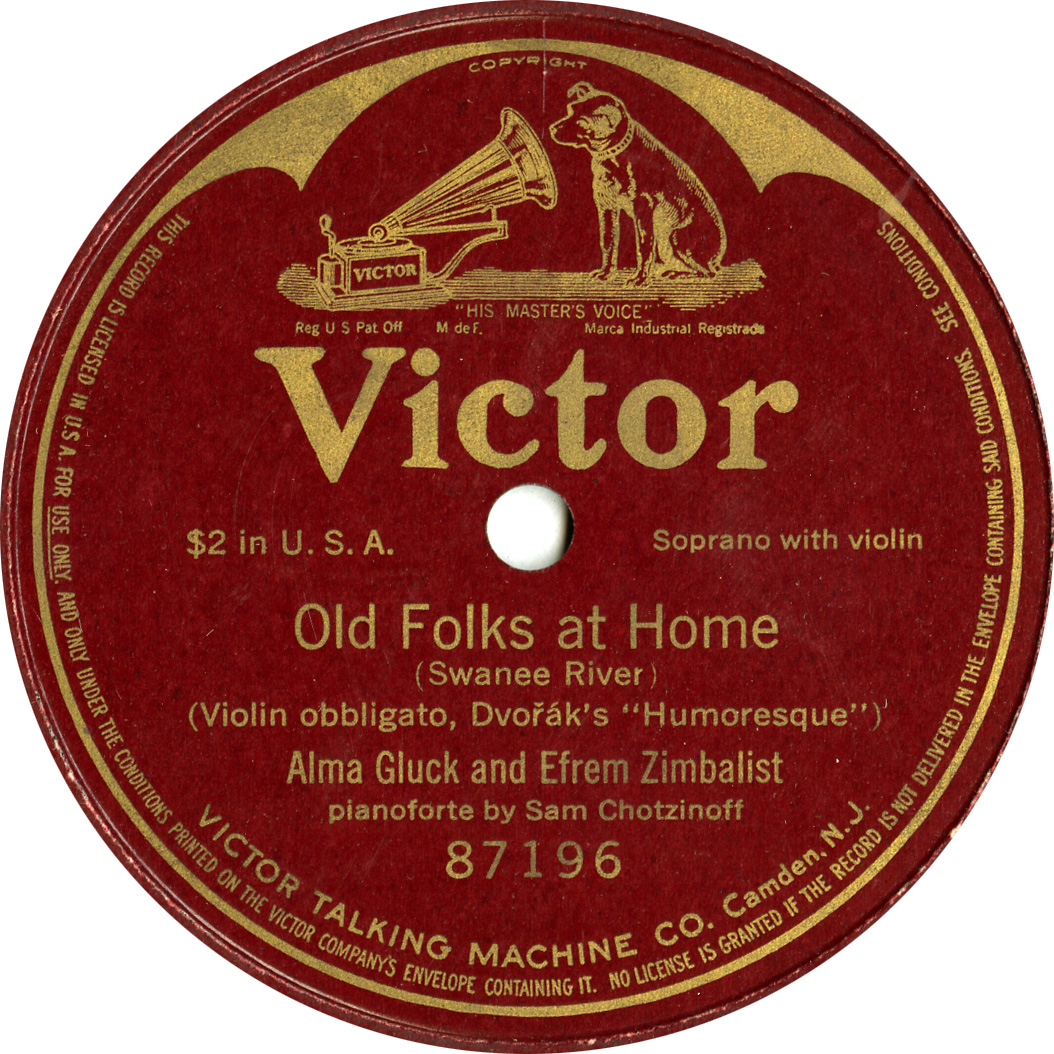Chanukah music for everyone
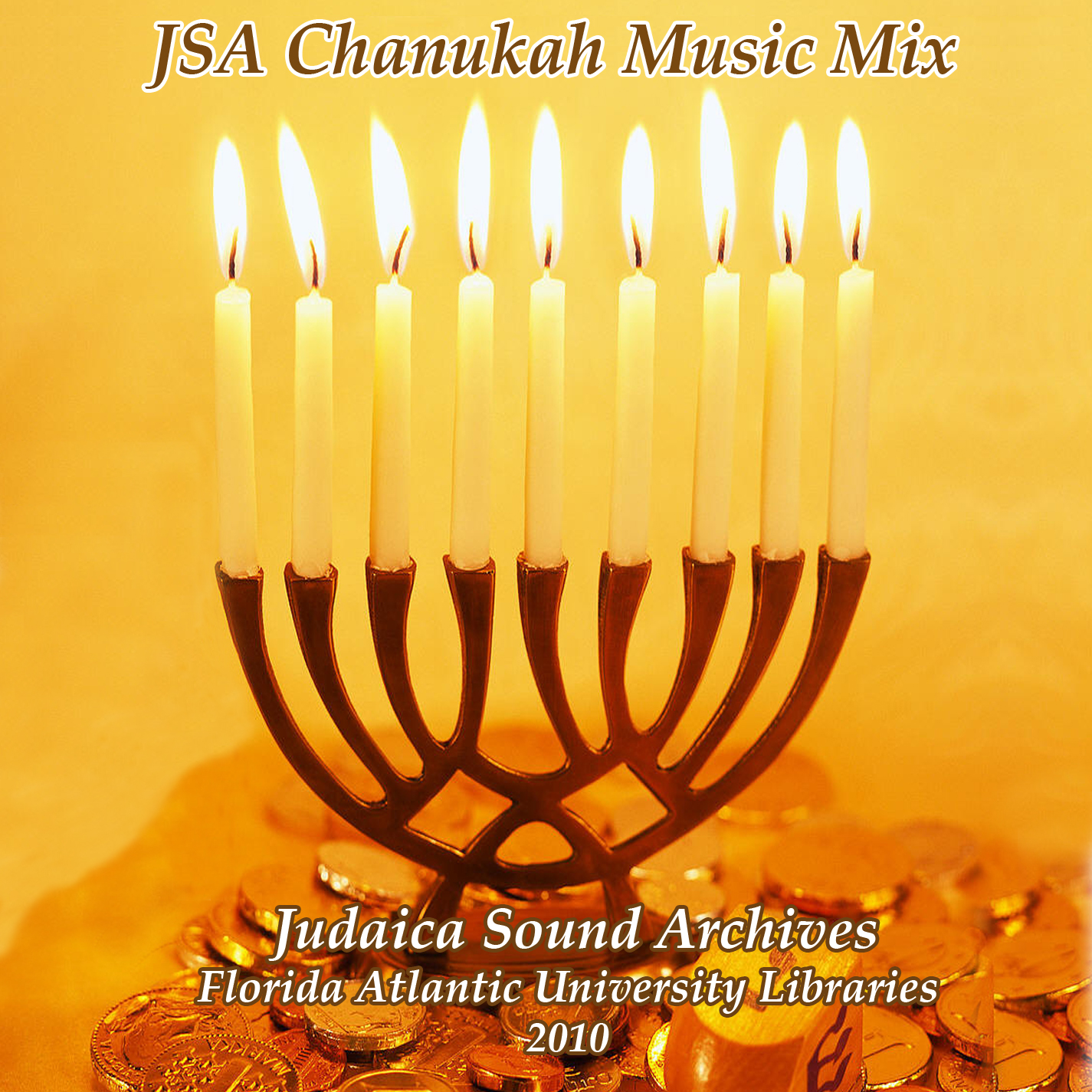 Chanukah celebrations are joyous occasions, with lots of holiday gifts, decorations and parties.
Chanukah celebrations are joyous occasions, with lots of holiday gifts, decorations and parties.
The eight-day festival of Chanukah retells a story that teaches about hope, the importance of maintaining Jewish traditions, and the symbolic power of light.
Of course, at the Judaica Sound Archives we celebrate Chanukah with music!
This year we have put together a wonderful collection of songs that will entertain and delight the entire family. From the Children’s Village Choir singing Hanukkah is Here to Moshe Oysher singing Maoz Tzur with his sister Fraydele and his niece Marilyn Michaels, the songs in this collection express the essence of the holiday. Joyous songs, children’s songs that teach about the holiday, traditional songs, and a new twist on an old favorite have been included.
Please accept this gift of music for you and your family from the Judaica Sound Archives along with our best wishes for a Happy Chanukah!
This special collection is for your listening pleasure only.
Due to US Copyright laws these songs may not be copied, reproduced or sold.
Click to hear all 18 songs or listen to your your favorites.
Selections from the following albums were used to create JSA Chanukah Music Mix 2010. Choose any title to hear the entire album.
(3) Happy Chanukah! by Fran Avni
(4) The Chanukah Collection by Safam
(5) The Oysher Heritage by Moshe Oysher, Fraydele Oysher, Marilyn Michaels
(6) Gerer Holiday Songs by Cantor David Werdyger
(7) Isaac Goodfriend Sings Hanukka Songs by Cantor Isaac Goodfriend
(8) Chanukah Songs for Children by Shimon & Ilana Gewirtz
(9) Make a Chanukah Miracle by Cantor Benjamin Maissner
(10) Songs for Hanukkah by Jewish Education Commission of NY
(11) Holidays in the Sephardic Heritage by Chaim Parchi
(12) Just in time for Chanukah by Rosenthal & Safyan
(13) Latkes & Hamentashen by Fran Avni
(14) Celebrate with Cindy by Cindy Paley
(15) The Three Jewish Tenors Live! by Mizrachi, Finkelstein, Propis
(16) Chanukah is Freylekh by Lori Cahan-Simon Ensemble
